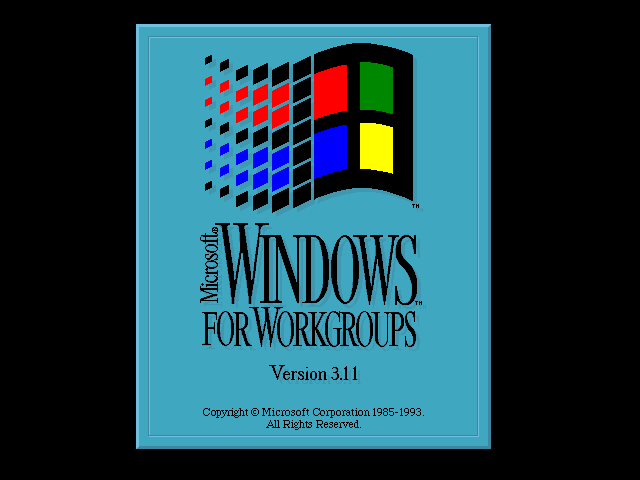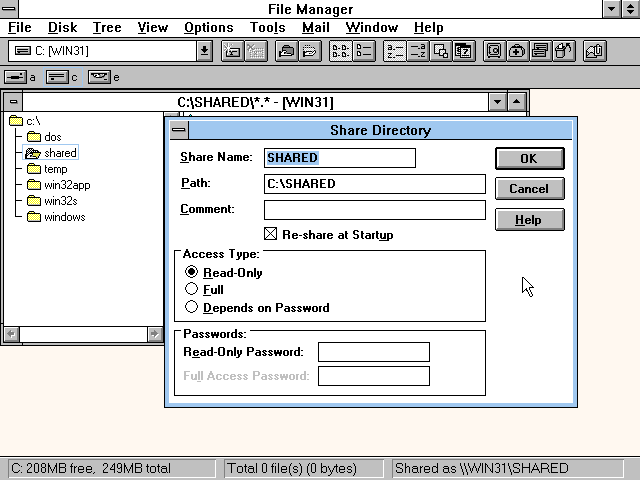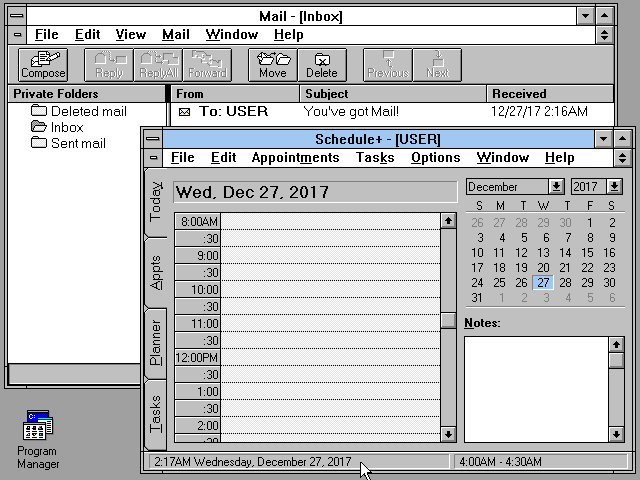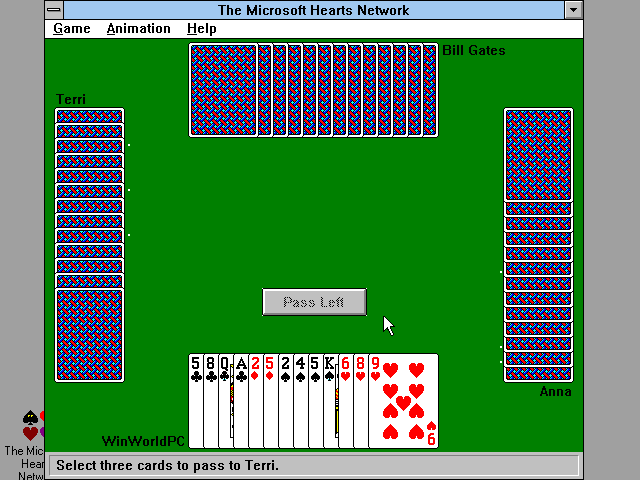Windows 3.0 / 3.1 for Workgroups 3.11
Windows 3.x was the first to gain significant development and commercial traction. It combined the 8086, 286, and 386 modes of Windows 2 in to one package. It replaced the MSDOS Executive with a Program Manager and File Manager similar to those in OS/2 1.x. Much of its success was spurred by the availability and success of Microsoft Office. Although Microsoft would have had you believe otherwise, Windows 3.x was the direct foundation for Chicago/Windows 95.
Other Windows Versions:
| 1.0 | 2.x | 3.x | NT 3.x | 95 | NT 4.0 | 98 | 2000 | ME | All |
Screenshots
Release notes
Windows for Workgroups 3.11 adds a 386-protected mode networking stack. It includes support for NetBUI and IPX protocols, numerous network cards, a client for accessing remote printers and files shares, and a print and file server. TCP/IP is available as a seperate add-on. The use of protected mode networking software frees up more of the conventional 640k for DOS programs, and simplifies configuration.
Windows 3.11a was a minor change released specifically to address a lawsuit over Stacker. Microsoft pulled compression functionality from a number of unrelated products including Windows for Workgroups, Excel, Powerpoint, Windows NT, Visual C++, and Fortran Powerstation.
The only difference between 3.11 for Workgoups and 3.11a for Workgroups is the REMOVAL of compression code in the Remote Access Server (RASMAC.38_ / RASMAC.386). More information can be found in Infoworld, March 7 1994.



